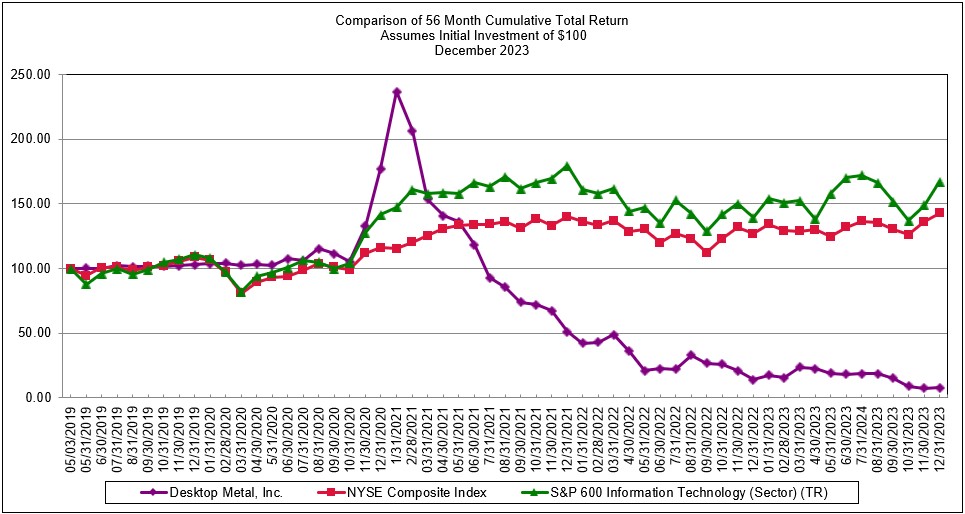engaging in transactions involving certain persons and certain designated countries or territories, including Russia, Belarus, Cuba, Iran, Syria, North Korea and the Crimea Region of Ukraine. In addition, our products are subject to export regulations that can involve significant compliance time and may add additional overhead cost to our products. In recent years the U.S. government has had a renewed focus on export matters. For example, the Export Control Reform Act of 2018 and regulatory guidance have imposed additional controls, and may result in the imposition of further additional controls, on the export of certain “emerging and foundational technologies.” Our current and future products may be subject to these heightened regulations, which could increase our compliance costs.
We are committed to doing business in accordance with applicable anti-corruption laws and regulations and with applicable trade restrictions. We are subject, however, to the risk that our affiliated entities or our and our affiliates’ respective officers, directors, employees, and agents (including distributors of our products) may take action determined to be in violation of such laws and regulations. Any violation by any of these persons could result in substantial fines, sanctions, legal expenses, civil and/or criminal penalties, or curtailment of operations in certain jurisdictions, and might adversely affect our operating results. In addition, actual or alleged violations could damage our reputation and ability to do business.
We are subject to environmental, health and safety laws and regulations related to our operations and the use of our additive manufacturing systems, produced parts, and consumable materials, which could subject us to compliance costs and/or potential liability in the event of non-compliance.
We are subject to domestic and foreign environmental laws and regulations governing our operations, including, but not limited to, emissions into the air and water and the use, handling, disposal and remediation of hazardous substances. A certain risk of environmental liability is inherent in our production activities. These laws and regulations govern, among other things, the generation, use, storage, registration, handling, and disposal of chemicals and waste materials, the presence of specified substances in electrical products, the emission and discharge of hazardous materials into the ground, air or water, the cleanup of contaminated sites, including any contamination that results from spills due to our failure to properly dispose of chemicals and other waste materials and the health and safety of our employees. Under these laws, regulations, and requirements, we could also be subject to liability for improper disposal of chemicals and waste materials, including those resulting from the use of our systems and accompanying materials by end-users. Accidents or other incidents that occur at our facilities or involve our personnel or operations could result in claims for damages against us. In the event we are found to be financially responsible, as a result of environmental or other laws or by court order, for environmental damages alleged to have been caused by us or occurring on our premises, we could be required to pay substantial monetary damages or undertake expensive remedial obligations. If our operations fail to comply with such laws or regulations, we may be subject to fines and other civil, administrative, or criminal sanctions, including the revocation of permits and licenses necessary to continue our business activities, as well as substantial legal expenses. In addition, we may be required to pay damages or civil judgments in respect of third-party claims, including those relating to personal injury (including exposure to hazardous substances that we generate, use, store, handle, transport, manufacture or dispose of), property damage or contribution claims. Some environmental laws allow for strict, joint and several liabilities for remediation costs, regardless of fault. We may be identified as a potentially responsible party under such laws. The amount of any costs, including fines or damages payments that we might incur under such circumstances could substantially exceed any insurance we have to cover such losses. Any of these events, alone or in combination, could have a material adverse effect on our business, financial condition and results of operations and could adversely affect our reputation.
The export of our products internationally from our production facilities subjects us to environmental laws and regulations concerning the import and export of chemicals and hazardous substances such as the United States Toxic Substances Control Act and the Registration, Evaluation, Authorization and Restriction of Chemical Substances. These laws and regulations require the testing and registration of some chemicals that we ship along with, or that form a part of, our systems and other products. If we fail to comply with these or similar laws and regulations, we may be required to make significant expenditures to reformulate the chemicals that we use in our products and materials or incur costs to register such chemicals to gain and/or regain compliance. Additionally, we could be subject to significant fines or other civil and criminal penalties should we not achieve such compliance.
The SEC’s rules on climate change disclosures proposed in March 2022, if adopted, will increase our costs and expenditures, as well as the costs, expenditures and expectations of many of our third parties. The cost of complying with other current and future environmental, health and safety laws applicable to our operations and the operations of many of our third parties, or the liabilities arising from past releases of, or exposure to, hazardous substances, may result in future expenditures. Any of these developments, alone or in combination, could have an adverse effect on our business, financial condition, and results of operations.
